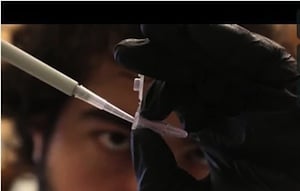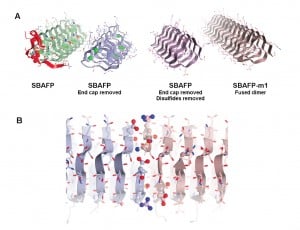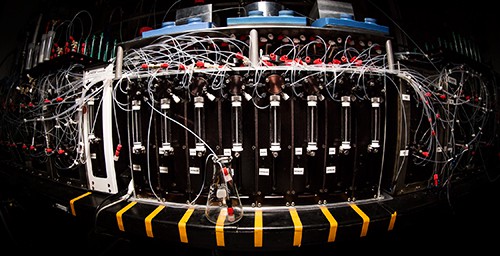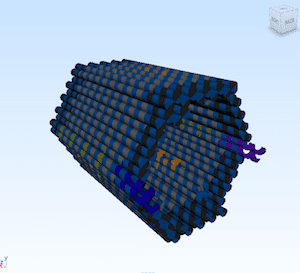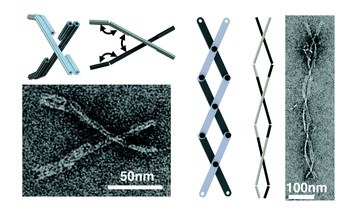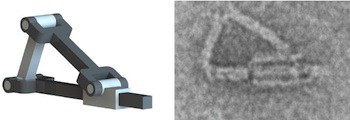Positioning two or more molecules along a long DNA strand can cause the DNA molecule to adopt different shapes if the molecules interact. Quickly and cheaply separating these shapes by a simple gel electrophoresis assay provides a wealth of information about how the molecules interact.
DNA nanoswitches open window on molecular interactions
